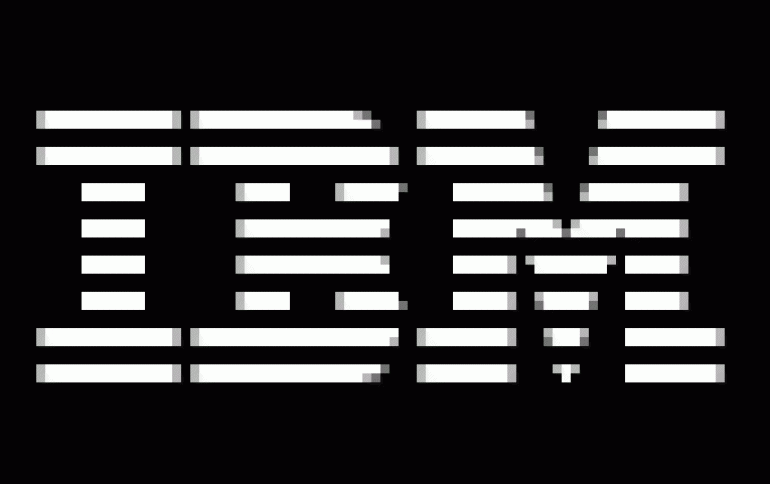
IBM's Top Storage Predictions for 2011
Looking into the future, Mark Cox of eChannel has an article based on
his interviews with two fellow IBM executives: Steve Wojtowecz, VP of
storage software development, and Clod Barrera, engineer and CTO for storage.
These trends are influencing what solutions the various different
vendors will offer, and will influence what companies purchase and
deploy.
Let's review the four key trends.
Cloud Storage and Cloud Computing
Cloud Computing will be the battleground of the IT industry this decade. Cloud computing includes the ability to store data across an Internet Protocol (IP) network, such as 10GbE Ethernet, in support of Cloud Computing applications. Cloud Storage protocols in the running include NFS, CIFS, iSCSI and FCoE. IBM's execs claim that "..vendors who aren't investing in cloud storage solutions will fall behind the curve."
Economic downturn forces innovation
However, in these difficult economic times, IT departments are running on constrained budgets and staff. This forces people to evaluate innovative technologies for storage efficiency like real-time compression and data deduplication to make better use of what they currently have. It also is forcing people to take a "good enough" attitude, instead of paying premium prices for best-of-breed they don't really need and can't really afford.
IT Service Management
Companies are getting away from managing individual pieces of IT kit, and are focusing instead on the delivery of information, from the magnetic surface of disk and tape media, to the eyes and ears of the end users. The deployment mix of private, hybrid and public clouds makes this even more important to measure and manage IT as a set of services that are delivered to the business. IT Service Management software can be the glue, helping companies implement ITIL v3 best practices and management disciplines.
Smarter Data Placement
A recent survey by "The Info Pro" analysts indicates that "managing storage growth" is considered more critical than "managing storage costs" or "managing storage complexity".
According to IBM, this means that companies are willing to spend a bit extra to deploy a tiered information infrastructure if it will help them manage storage growth, which typically ranges around 40 to 60 percent per year. Not all data is created equal, so the smart placement of data, based on the business value of the information contained, makes a lot of sense.
Let's review the four key trends.
Cloud Storage and Cloud Computing
Cloud Computing will be the battleground of the IT industry this decade. Cloud computing includes the ability to store data across an Internet Protocol (IP) network, such as 10GbE Ethernet, in support of Cloud Computing applications. Cloud Storage protocols in the running include NFS, CIFS, iSCSI and FCoE. IBM's execs claim that "..vendors who aren't investing in cloud storage solutions will fall behind the curve."
Economic downturn forces innovation
However, in these difficult economic times, IT departments are running on constrained budgets and staff. This forces people to evaluate innovative technologies for storage efficiency like real-time compression and data deduplication to make better use of what they currently have. It also is forcing people to take a "good enough" attitude, instead of paying premium prices for best-of-breed they don't really need and can't really afford.
IT Service Management
Companies are getting away from managing individual pieces of IT kit, and are focusing instead on the delivery of information, from the magnetic surface of disk and tape media, to the eyes and ears of the end users. The deployment mix of private, hybrid and public clouds makes this even more important to measure and manage IT as a set of services that are delivered to the business. IT Service Management software can be the glue, helping companies implement ITIL v3 best practices and management disciplines.
Smarter Data Placement
A recent survey by "The Info Pro" analysts indicates that "managing storage growth" is considered more critical than "managing storage costs" or "managing storage complexity".
According to IBM, this means that companies are willing to spend a bit extra to deploy a tiered information infrastructure if it will help them manage storage growth, which typically ranges around 40 to 60 percent per year. Not all data is created equal, so the smart placement of data, based on the business value of the information contained, makes a lot of sense.





















